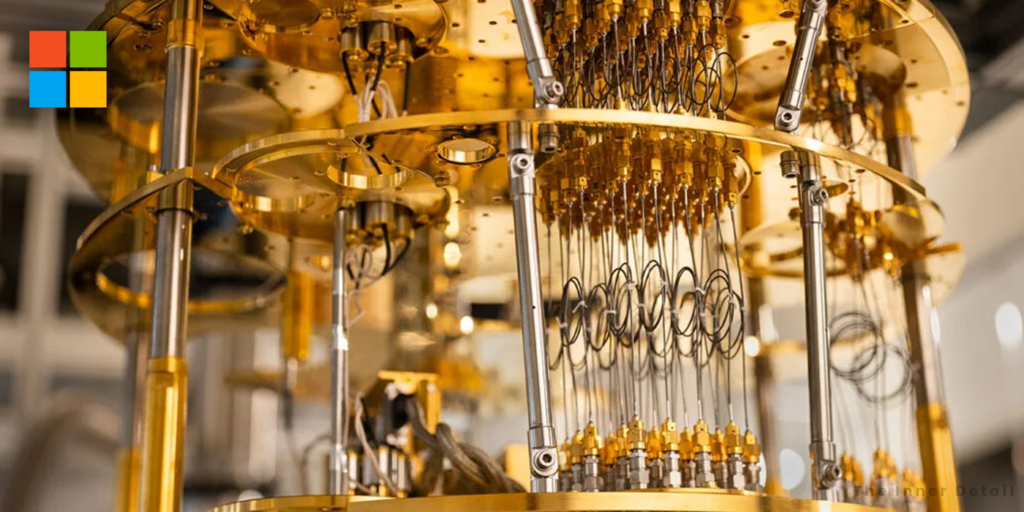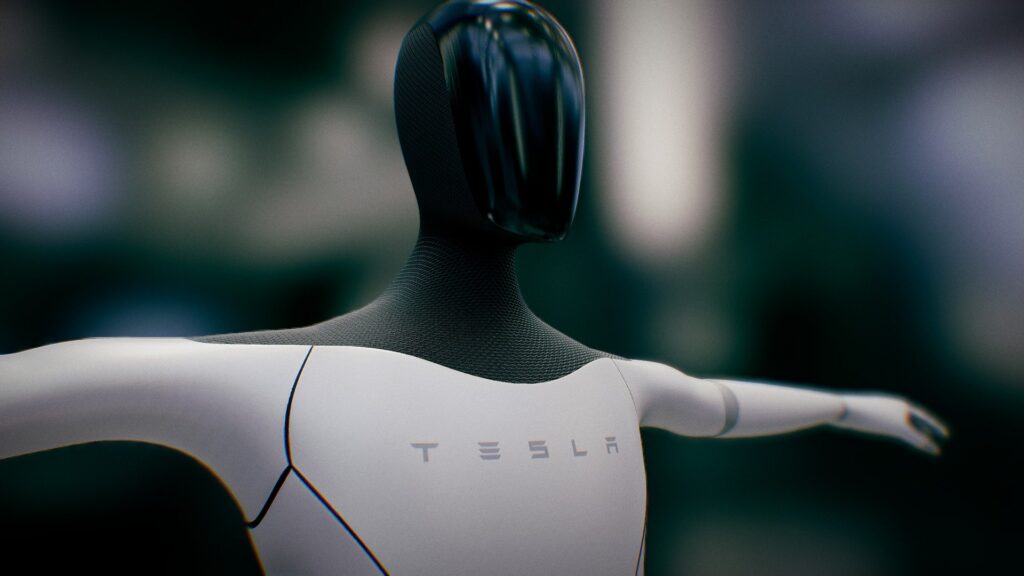Virtual influencers, who don’t even exist, are gradually dominating their presence in social media, earning more money than their human counterparts as much as ₹5-10 lakhs per campaign.
It’s 2023 and couple of jobs relating to technology and online space had emerged with one being – creation of a virtual avatar and making it as an influencer in popular social media. Those virtual avatars are then called ‘virtual influencers’. The quest for virtual world widens the online space and virtual avatars, competing with humans. Indeed, companies prefer virtual influencers to their human counterparts, due to the flexibility and unexplored opportunities they provide.
While virtual influencers such as Lu Do Magalu, Miquela and CB of Casas Bahia already established themselves in Brazil and United States, the culture is emerging in India. Kyra by Futr Studios and Naina by Avtr Meta labs are the currently predominant virtual influencers in India.
Why Virtual Influencers earn more?
Big firms approach virtual influencers, though they being a little pricey than human influencers, due to its unique advantages, posing a high scope for digital marketing business.
Digital avatar influencers widen opportunities in experimenting creative and storytelling potential than human influencers. As the avatars are managed by skilled professionals who are profound in technology, there aren’t boundaries for creativity and innovative ideas for campaign.
“Collaborating with Kyra presented Boat with unparalleled creative freedom and storytelling potential,” said Boat cofounder Aman Gupta, adding that it “opened doors to a realm of limitless possibilities.”
Virtual influencers help with creating sci-fi art, reaching younger audiences and having more control over content at a cost that’s lower than a typical ad shoot.
Digital influencers allow the company “to create content unconstrained by real world limitations,” said Realme India chief marketing officer Tao Zhang.
As 3D-animation tools such as Unreal Engine and Autodesk Maya unlocks the clarity and precision of creation of these characters, virtual influencers are becoming more human-like. They provide fashion, travel advice, make dance reels, respond to direct messages, pose with actors and are even being featured in global magazines.
The higher fee is worth the expense, said Titan Eyecare head of marketing Maneesh Krishnamurthy. “It achieves both, faster go-to-market and lower cost,” he said.
How much Virtual Influencers are earning?
The pay for virtual influencers varies on number of followers they have and the locality from which they are based on. For example, Lu Do Magalu, created by a Brazilian e-commerce retailer “Magalu”, earns nearly $16.2 million annually (₹134.77 Crores) with a follower base of 6.7 million (as of 29 December 2023). Though Lu was created in 2003, much before social media and virtual reality took in, she was well-received by clients after company portrayed her as the firm’s face of the brand on social media. Likely, Miquela with 2.6 million follower base, is another such virtual influencer earning $11 million (₹91.5 Crores) annually.
Whereas in India, according to industry experts, unreal influencers with a following of 2 to 4 lakhs can make ₹5 lakhs to ₹10 lakhs per campaign, against ₹40,000 to ₹1 Lakh for an actual human, ET reports.
(For more such interesting informational, technology and innovation stuffs, keep reading The Inner Detail).
Kindly add ‘The Inner Detail’ to your Google News Feed by following us!
















